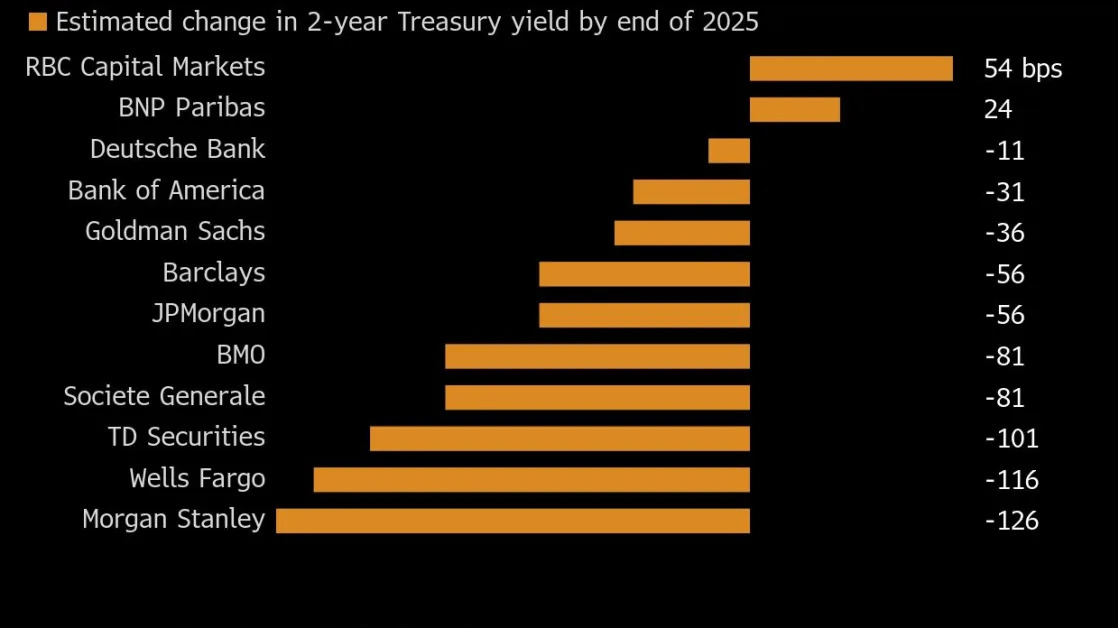
Data released Tuesday by freight audit and payment provider U.S. Bank showed a trucking industry continuing to battle cyclical and structural headwinds. The U.S. freight market continued its downward trend in the fourth quarter of 2024. According to the latest U.S. Bank Freight Payment Index , shipment volumes fell 4.7% from the previous quarter, marking the 10th consecutive quarterly decline. Spending by shippers also decreased, albeit at a slower rate of 2.2%.
“It’s clear there are both cyclical and structural challenges remaining as we look for a truck freight market reboot,” said Bob Costello, senior vice president and chief economist at the American Trucking Associations. “For instance, factory output softness – which has a disproportionate impact on truck freight volumes – is currently weighing heavily on our industry.”
Looking at cyclical impacts, the persistent softness in the manufacturing sector played a large role in the freight market’s continued softness. Total factory output declined between 0.3% and 0.6% from the third quarter and 0.5% to 0.9% year over year. Even such modest decreases have a disproportionate impact on truck freight volumes.
The report adds: “U.S. factory output has a disproportionate impact on truck freight volumes compared with other economic sectors. For example, a finished product that is imported into the U.S. via cargo ship for the retail sector, depending on the product and the specific supply chain, might be transported via truck only one to three times before consumer purchase.”
Another factor contributing to the market’s structural challenges is the growth of private fleets since the pandemic. Many shippers expanded their in-house transportation capabilities in response to capacity constraints and high freight rates during the COVID-19 boom. “As a result, the carriers operating these private fleets ended up shipping less with for-hire fleets in an effort to keep their drivers and trucks busy during this period,” the report added.
Despite the overall market contraction, there are signs of potential stabilization. The fourth quarter’s 15.7% year-over-year decline in shipments was the smallest such decrease in 2024. Additionally, the interplay between shipment volumes and spending suggests a possible tightening of capacity, as spending fell less sharply than shipments despite lower fuel surcharges.
The report added, “For example, sequentially the U.S. Bank National Shipments Index contracted more than spending, suggesting that spend-per truck freight shipment was actually up.”
Freight rates show mixed signals
An analysis of freight rates provides further details. Spot market rates, excluding fuel, rose 0.5% from the third quarter — the first sequential gain since Q1 2022. Year over year, spot rates were down just 1.9%, the best performance of 2024. Both outcomes point to tighter capacity due to capacity reductions from motor carriers leaving the market and remaining fleets operating fewer trucks.
Contract rates, however, continued their downward trajectory, falling 1% from the previous quarter and 5% year over year. This is the sixth consecutive quarter in which contract rates fell. This divergence is not unusual, as contract rates typically lag spot market movements. Notably, the 1% quarterly decline was the smallest of 2024, potentially signaling a slowdown in the rate of decrease.
Fuel rates saw significant drops, with DAT’s average fuel rate per mile decreasing 6.7% from the third quarter and 23.6% year over year. This decline in fuel costs has impacted overall spending figures but masked underlying trends in base rates.
Regional variations paint complex picture
The freight market’s contraction was felt across all regions, but with notable variations:
Southeast: Hit hardest by the market downturn, the Southeast saw the largest quarterly declines in shipments and spending, both down 6.7%. The impact of hurricanes Helene and Milton in late September and early October contributed to these sharp drops, closing businesses and damaging infrastructure. The auto industry’s slowdown also played a role, as the region has significant automotive production capacity.
Midwest: Shipments fell 5.2% quarter over quarter, while spending decreased by 1.7%. The region’s heavy reliance on manufacturing, particularly in the automotive sector, contributed to the decline. Soft factory output and weak home construction further impacted freight activity.
Southwest: The region experienced a 5.1% drop in shipments but saw flat (0.0%) spending quarter over quarter. While this was the third straight sequential decline, the report notes it was the smallest drop over that period.
There were some signs of optimism for freight rates in the Southwest, namely related to Mexico. “Not only were truck-transported imports from Mexico up in Texas, Arizona, and New Mexico combined from the third quarter, but also from a year earlier. In fact, the year-over-year gain was likely more than 10%. However, imports from Mexico are growing faster than exports, which is causing some imbalances in equipment for U.S. based motor carriers,” added the report.
West: After two quarters of growth, shipments in the West declined by 2.1%. However, spending increased slightly by 0.1%, indicating possible capacity constraints. While port volumes in Los Angeles and Long Beach provided some support, weakness in agriculture, retail and housing starts weighed on overall freight activity.
Northeast: The region saw the smallest quarterly decline in shipments at 1.2% and the largest increase in spending at 0.9%. This divergence suggests significant tightening of capacity in the Northeast, possibly due to its dense population and high levels of congestion affecting trucking routes.
Challenges and opportunities
As the freight market continues to navigate choppy waters, manufacturing output, housing starts and retail spending will continue to shape freight demand. But early signs of optimism despite spending declines point to the beginnings of an inflection point.
“While this quarter’s Index revealed spending overall on truck freight continues to decline, we did see some signs that spending per truck is increasing,” noted Bobby Holland, U.S. Bank director of freight business analytics. “Shipments falling more than spending – even with lower fuel surcharges – suggests tighter capacity.”
Continued softness in manufacturing, the impact of expanded private fleets and regional disruptions from factors like severe weather events are all key factors to watch into Q1.
The post Q4 freight data shows market reboot slower than anticipated appeared first on FreightWaves .





